6. Holy Motors (2012)
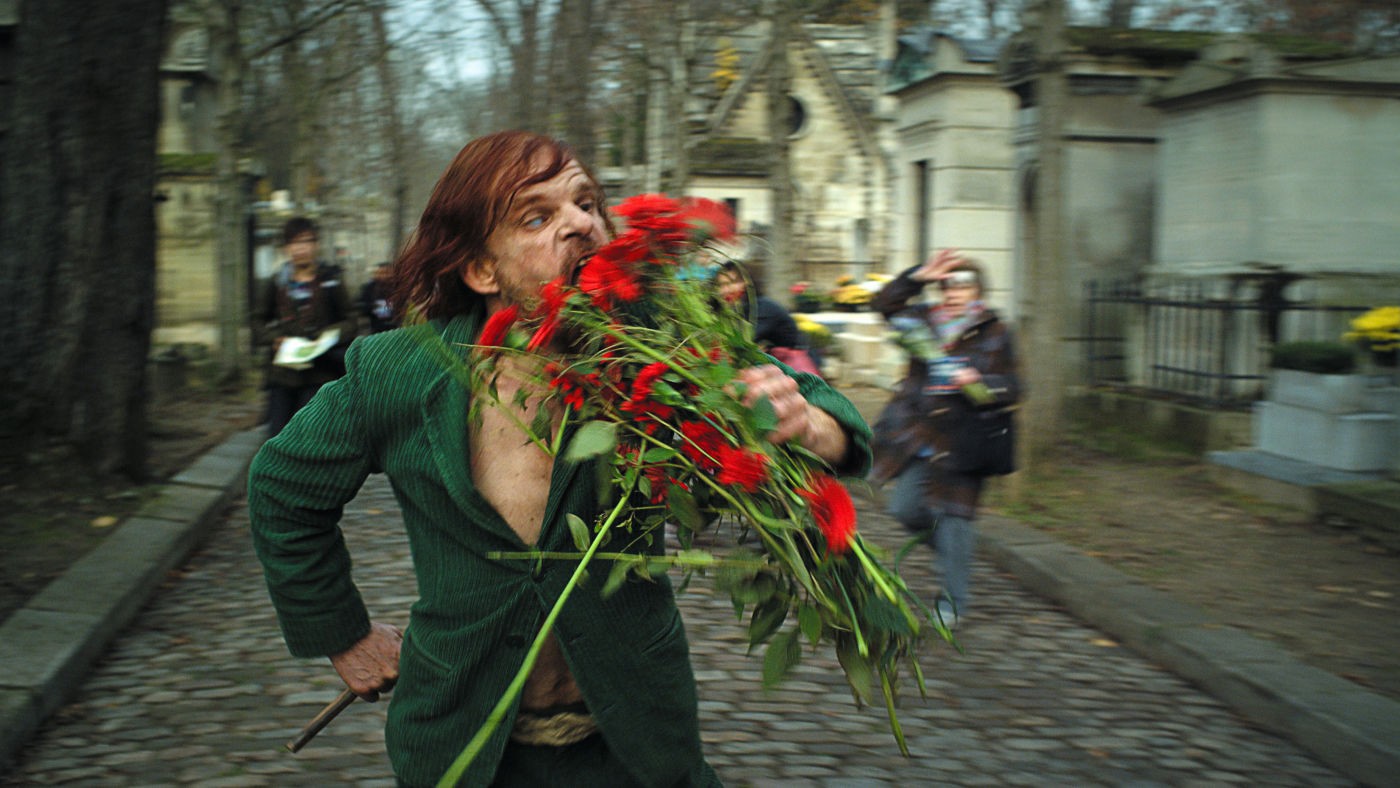
Leos Carax has made five feature films in the past 32 years, and this is one of them. The French director makes an appearance at the start of the film, waking up and tearing into his bedroom walls to enter a movie theater.
It quickly turns into something else: a man whose job description includes driving around Paris, changing his hair and makeup while acting out different scenes across the city. He plays many characters and for all that time we just don’t have a clue of what he’ll do next. It’s a dream-like sequence that lasts for its entire length, flashing us with anarchy in narrative structure and in any cinematic experience. It is a groundbreaking eulogy to the craft of acting and cinema, as to mankind.
The Guardian has said it is “destined to become a classic,” and no true appreciator of authentic and revolutionary filmmaking can deny such a statement. For its dreamlike, frustrating, enthralling style and content, this is one of the most important films of the past 5 years.
7. The Master (2012)
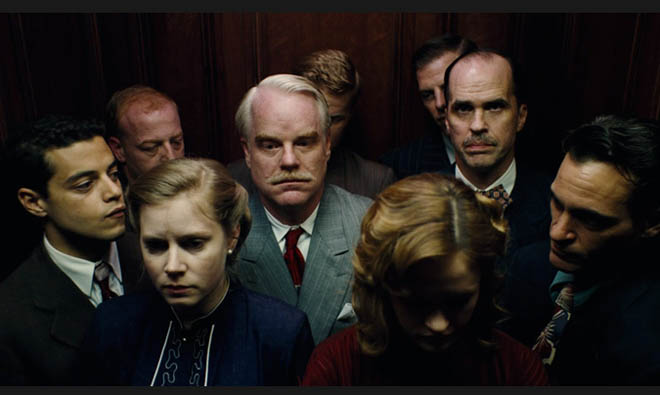
As with any Paul Thomas Anderson film, there’s not much that’s explained to us. He lets our minds wander, distracted by his ferocious humor and limitless artistic decisions. For its theme, he largely based the story on the early times of the Church of Scientology and its founder L Ron Hubbard.
Anderson, one of the best filmmakers today, has made us believe he can draw an amazing performance out of anyone. In this case, with his muse Philip Seymour Hoffman accompanied by Joaquin Phoenix and Amy Adams, it was easy to turn it into a very successful feature. Shot on 65mm stock and dated Panavision cameras, almost every scene has a drunken glow to it, with an extraordinary score to pace the usually unhurried momentum in PTA’s films.
It was considered too odd for the Oscars, only earning three nominations in the four acting categories, but it struck whoever watched it as one of the finest American films of the demi-decade, making it unlikely to dismiss it as such in the years to come.
8. Blue is the Warmest Color (2013)
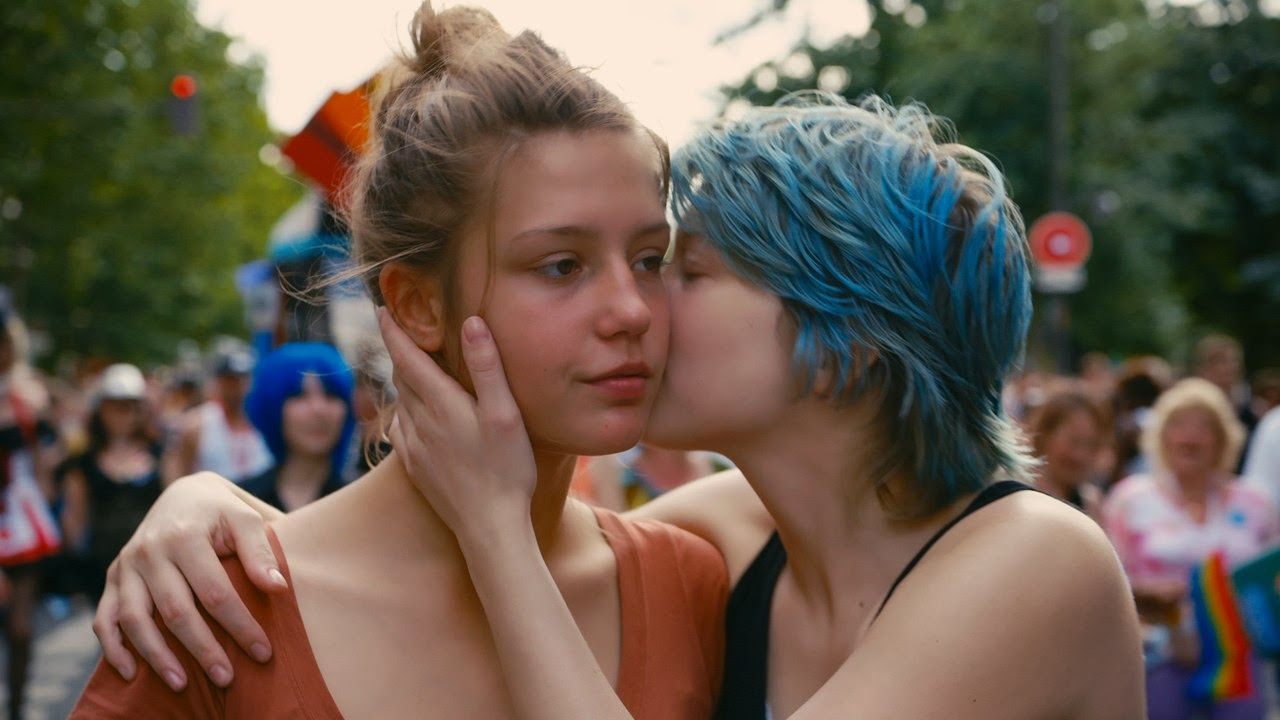
Adapted from a graphic novel by Julie Maroh, this French feature directed by Abdellatif Kechiche is the most passionate and immersive representation of first love that crossed our screens in the past 5 years. To help, it carried two incredible performances by actresses Adèle Exarchopoulos and Léa Seydoux, the first in the craft to be called to receive the Palm d’Or along with the director.
With approximately 800 hours of footage, Kechiche reduced into the 179 minutes that shocked the world at first release, for the clear obsession with its lead protagonist and several flagrant girl-on-girl sex scenes. Being a love story between two girls was bound to stir the usual amount of controversy, but this film pushed farther.
For three hours, we experience the greatness and melancholy of falling in love, reminding us of the hysteria that comes with it. There are a number of remarkable narrative details, as it’s seen for example in color evolution throughout the film. A rare breakthrough in pure love stories and most definitely destined to be remembered.
9. Inside Llewyn Davis (2013)
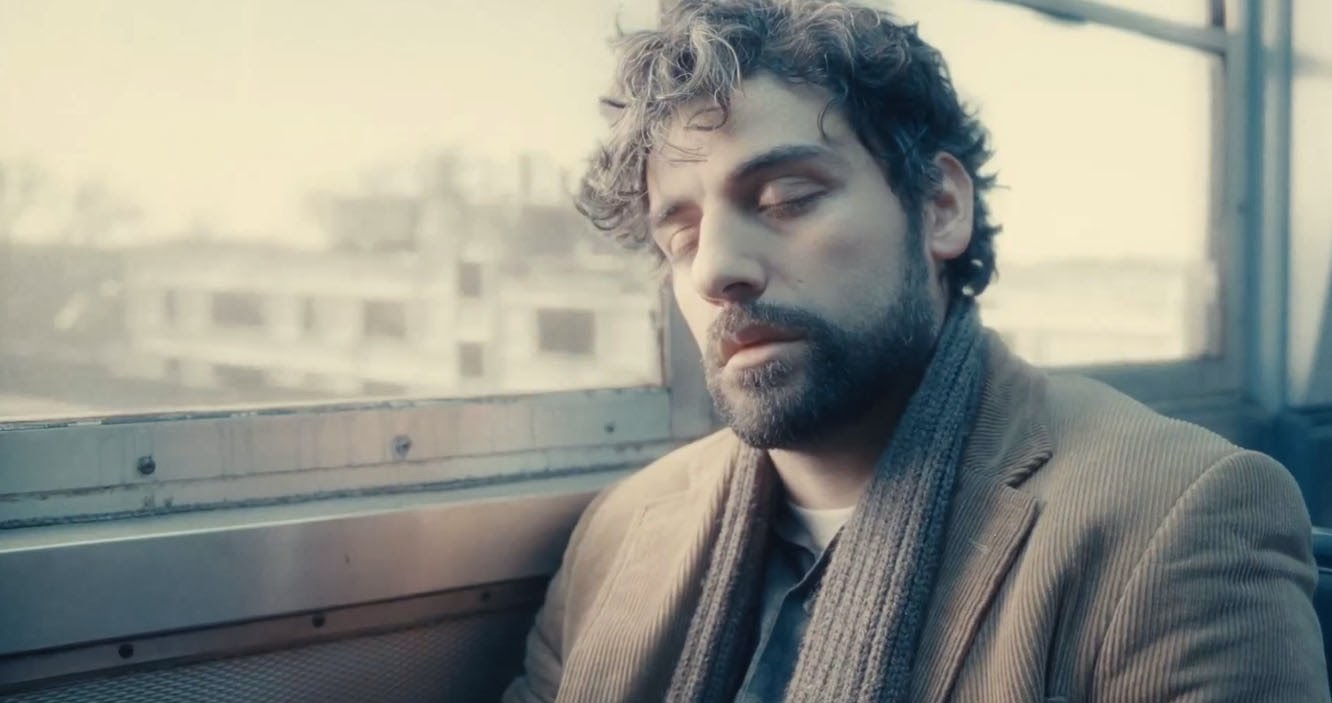
The Coen Brothers’ study piece on the folk scene of early-60s Greenwich Village is easily one the most intimate and melancholic films by the duo. Focused on the life of fictional folk singer Llewyn Davis as he looks for gigs and searches for attention in an already crowded genre. Nothing particularly goes well in Llewyn’s life, and he certainly fails to do many things right, but the way the film travels makes us empathize and hope for the best.
The haunting lyricism of the songs and the way the singing scenes are so focused on the emotional power of the genre are further empowered by the incredible cinematography by Bruno Delbonnel – certainly one of the most memorable features of the film. The humor is subtle in comparison to the usual for the Coens’, but nevertheless brilliant and moving, and was seen as a “new high for its creators.” For its unique essence, infinite details, and an inspiring performance by Oscar Isaac, it constitutes a clear instant-classic period piece.
10. Mad Max: Fury Road (2015)
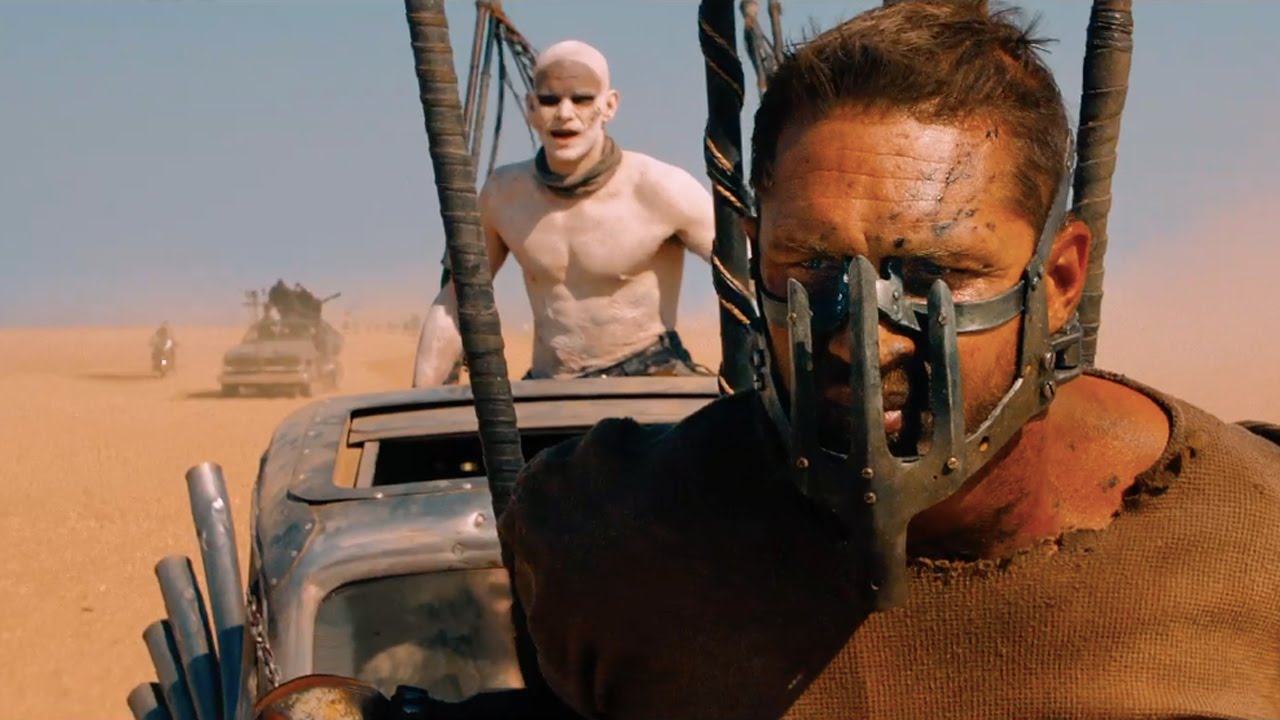
The most recent take on the Mad Max franchise by director George Miller is perhaps the most obvious choice on this list. Three decades after the last film, the post-apocalyptic desolate landscape is once again the set for a stronger, more visceral vehicular mayhem.
Yet, if many have called it “one long car chase”, this can be disregarded by how truly insane everything is, from visuals, to stunt work, to the characters’ own madness. On many levels, it surpasses any usual structure in narrative, character development, and cinematic experience in general.
It’s in a different league, even having in mind the previous films. For once, Tom Hardy’s Max is more grounded and more determined to walk alone, leaving the most evident insanity to other characters. Besides, if the Mel Gibson ones failed to age well – seeming fake, overacted and overscored – the 2015 blockbuster is already years beyond today’s attempts at explosive and completely original action movies.
Watching it, with each one-liner and memorable scene, we’re aware of how powerful it is, of how it feels like there are a thousand different things to remember and that will, certainly, earn a place in the distant future memory of any true appreciator of cinema.
Author Bio: Alexandra Gandra is a Portuguese writer and filmmaker. She currently finished a master’s degree in Digital Audiovisual at the University of Aveiro. She spends too much time in cafés people-watching and putting sentences together, some of which can be found at medium.com/@gandra. She’s also writing a book she hopes to finish some day.